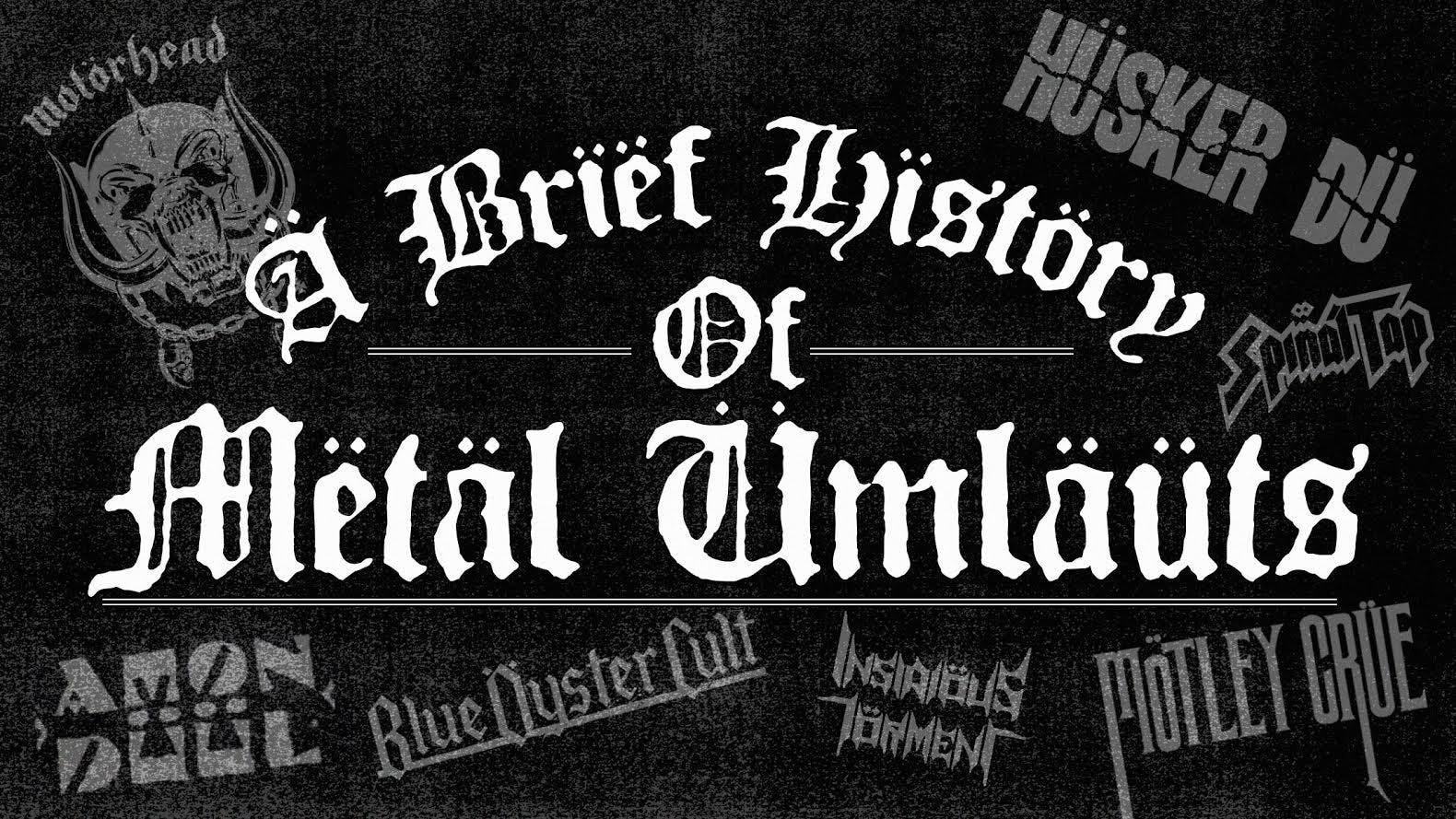What is it that makes umlauts so metal? It’s hard to say – is it the way they can make an O look like a tiny Satan? Is it the immediate associations with Germanic, Nordic and generally forest-strewn areas? Is it the (usually) gratuitous nature of them?
Technically speaking, the word umlaut only refers to the dots when they’re in a German word, when they perform pretty much the same function as an E coming after the letter (like the cat scientist Schrödinger, also known as Schroedinger). Over a non-German word, it’s a diaeresis, which doesn’t sound as metal, but specifies that the second of two vowels needs to be pronounced – it’s why Zoë doesn’t rhyme with doe.
Here are 13 (one of the most metal of numbers) of the umlautest moments in röck.
